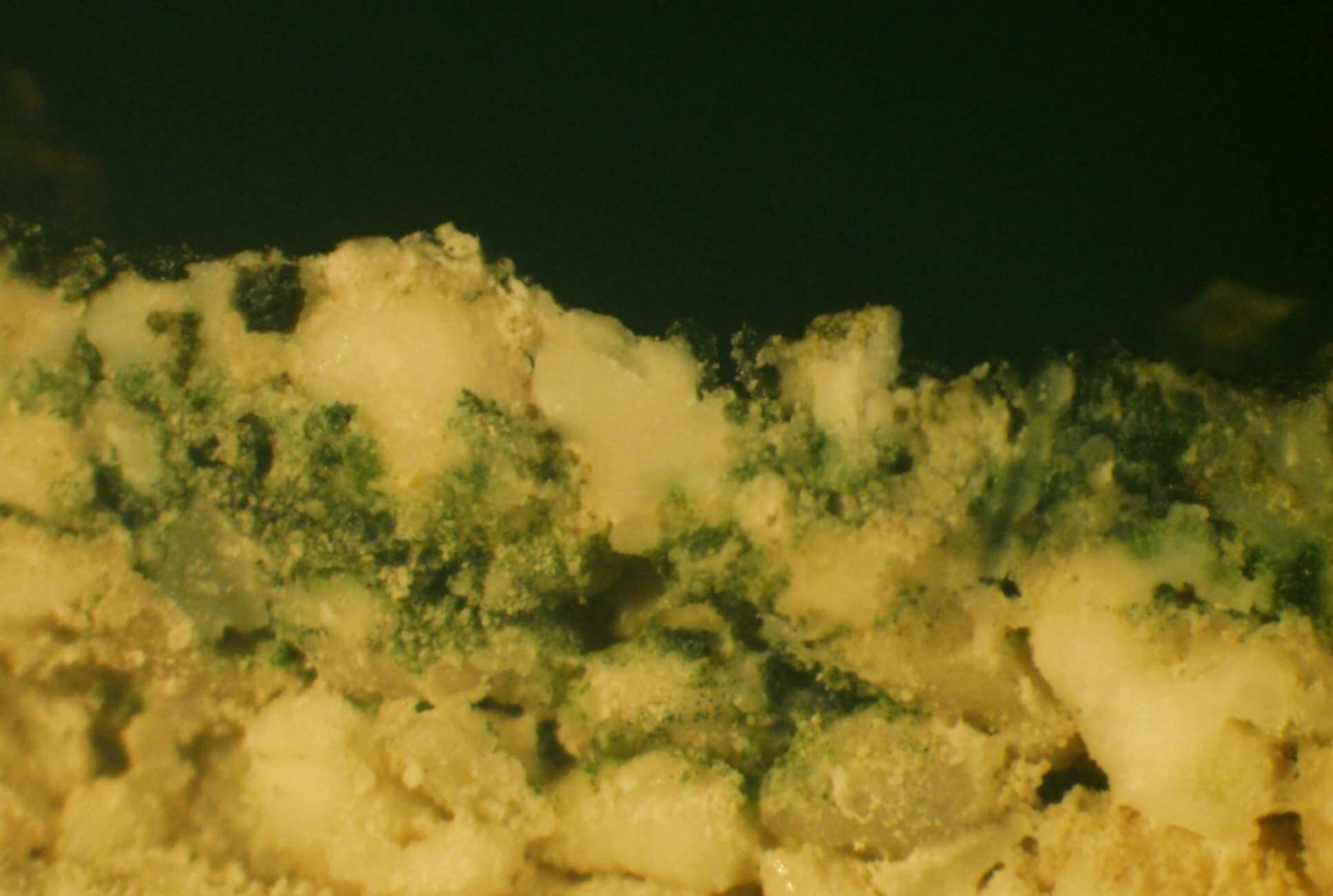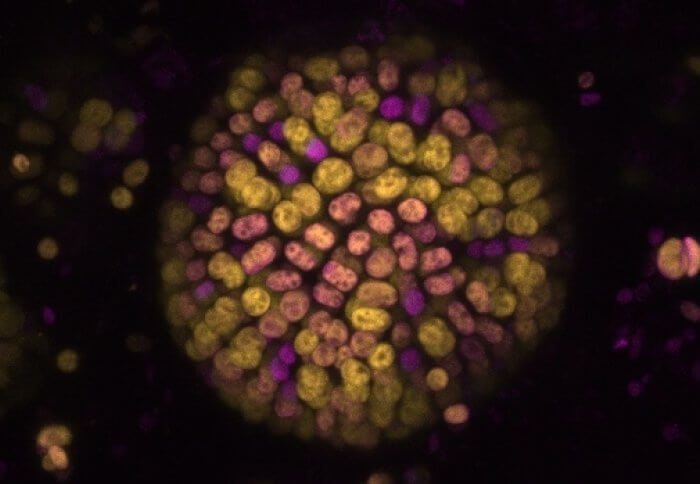Researchers have discovered a new type of photosynthesis that should rewrite the textbooks and change the way we search for alien life.
This discovery alters our basic understanding of photosynthesis.
“It shows that the energy-demanding process of oxygenic photosynthesis can work with less energy,” said Bill Rutherford, a professor in the Department of Life Sciences at Imperial College London and lead author of the study.
The paper describing the discovery is published in the journal Science.
The discovery
The original type of photosynthesis, which young students learn about in biology class, uses chlorophyll-a to collect sunlight to generate foods and oxygen.
Until now, this process was thought to be driven solely by visible red light, because chlorophyll-a can only absorb energy from red light for photosynthesis.
However, the research team has determined that there is a type of photosynthesis that can use light from the infrared spectrum.
The new form of photosynthesis was detected in cyanobacteria, blue-green algae, that grows in shaded regions, such as bacterial mats in Yellowstone and in beach rock in Australia.

But, the researchers have found that photosynthesis using infrared light can also occur in a laboratory cupboard.
“The new form of photosynthesis made us rethink what we thought was possible,” Rutherford said in a statement. “It also changes how we understand the key events at the heart of standard photosynthesis. This is textbook changing stuff.”
Photosynthesis beyond the “red limit”
Because chlorophyll-a is in all plants, algae and cyanobacteria, scientists have long believed that there is a “red limit.”
The “red limit” is the minimum amount of energy needed for plants to produce oxygen. It stems from the original belief that photosynthesis can only occur with visible red light.
When some cyanobacteria grow under near-infrared light, chlorophyll-a shuts down and systems containing chlorophyll-f emerge.

It is long believed that chlorophyll-f can just harvest light, but the new research shows that it plays a huge role in photosynthesis that occurs in shade.
“Chlorophyll-f plays the key light-to-chemistry energy conversion role in both light active enzymes of photosynthesis,” said Rutherford.
Search for alien life
Astrobiologists use the “red limit” to assess whether life could have evolved on planets in other solar systems.
This discovery changes the understanding of how much energy is needed for photosynthesis, thus altering what astrobiologists believe is the energy requirement for life.
“The evolution of multicellular life on Earth required oxygen for efficient use of biological energy sources,” said Rutherford. “Photosynthesis put the oxygen into the atmosphere and biosphere using the energy from light. We expect that the energy limitations for water oxidation to be the same on other worlds.”
The researchers suggest that long-wavelength light used by chlorophyll-f could represent that energy limit.
“Planets with complex life need to have enough light of the right energy, and that is one of the criteria that the astrobiologists look for,” said Rutherford. “Our work fine-tunes the limits, and that small adjustment in thinking should be useful for the hunt for complex life.”
Future applications
The researchers claim that there is still much research to be done, but this revolutionary information could open up many doors.
“Many experiments are possible with the new material, and in many cases they should iron out long-running ambiguities that exist in the knowledge of standard photosynthesis,” said Rutherford.
Because it will be demanding for scientists to perform the chemistry of photosynthesis with less energy, there will be difficulties and compromises, said Rutherford.
Altogether, this information is extremely valuable and could be applied to many fields of work.
“This is an important discovery in photosynthesis, a process that plays a crucial role in the biology of the crops that feed the world,” said Peter Burlinson, lead for frontier bioscience at the BBSRC, an organization that supported the research.
“Discoveries like this push the boundaries of our understanding of life and Professor Bill Rutherford and the team at Imperial should be congratulated for revealing a new perspective on such a fundamental process.”



